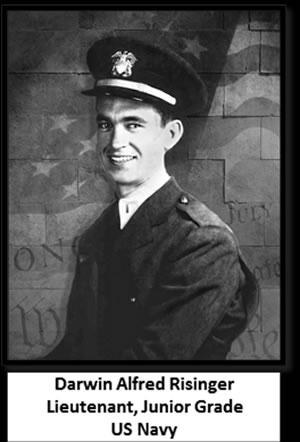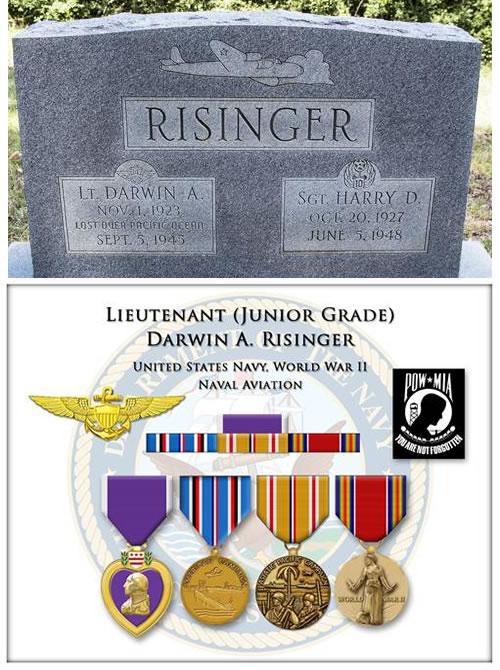 August 17, 2016 - On August 15th, 1945 the Japanese Empire surrendered to the United States. The formal surrender took place in Tokyo Bay aboard the USS Missouri on September 2nd, 1945 and President Harry Truman declared this day to be VJ Day. World War II was finally over after almost four years and over 400,000 US military deaths. There was joy in the United States and its Allied Countries, our boys would be coming home!
August 17, 2016 - On August 15th, 1945 the Japanese Empire surrendered to the United States. The formal surrender took place in Tokyo Bay aboard the USS Missouri on September 2nd, 1945 and President Harry Truman declared this day to be VJ Day. World War II was finally over after almost four years and over 400,000 US military deaths. There was joy in the United States and its Allied Countries, our boys would be coming home!
But when is a war really over? Do the troops simply pack up their duffle bags and head home? Many veterans will be discharged but there is still the need for a military presence to protect the homeland and US interests. Forces were needed for the allied occupation of Japan (1945 – 1952) and Germany (1945 – 1955). The Champion Newspaper dated September 6, 1945 announced a new Navy recruiting program for men ages 17 to 30. It stated “with the discharge of Navy war veterans, a large number of personnel will be necessary to man the ships of our Navy”. The shooting may have stopped but the everyday dangers of military life were still very much at play.
One of the Shelby County, Texas families that were looking forward to the return of their son was Alfred Marshall Risinger (1889 – 1964) and Georgia “Dena” Pickard Risinger (1894 – 1996) of Tenaha, Texas. Instead they received tragic news that US Navy Ensign Darwin Risinger was missing and presumed dead just three days after VJ Day.
Darwin Alfred Risinger was born in Tenaha, Texas on November 1st, 1923. He had two brothers, Harry Denman and Howard Ray and two sisters, Marie and Dixie. Brother Howard passed in 1938 at the age of 12 of heart problems.
Darwin graduated from the Naval Air Training Base in Corpus Christi in February 1944 and was commissioned as an Ensign in the US Naval Reserve. He was then sent to Jacksonville, Florida for pilot training. Upon earning his pilot’s wings, he spent a tour of duty in the Pacific where he served as a pilot-navigator in the Navy’s “Bulldog Squadron”, a Liberator (B-24) search-plane unit. His unit was credited with numerous successes in combat strikes against the enemy in addition to making many daylight unescorted searches. During one raid his plane was badly riddled by anti-aircraft fire and had one tire shot up. Through his skillful piloting he was able to return it safely to base with no casualties. His plane also knocked out a twin-engine enemy bomber in the air southwest of Palau and destroyed a Japanese observation seaplane that was launched from a cruiser during the second battle of the Philippines.
Early 1945 found Lieutenant (jg) Risinger back in the States unscathed from his Pacific tour and assigned to the Patrol Bombing Squadron 98, Naval Air Station, San Diego, California. Victory in Europe came on May 8th, 1945 but the mission of training combat replacements for patrol bombing units in the Pacific continued for Squadron 98. Two days after VJ Day and the end of World War II, Lieutenant (jg) Darwin A. Risinger was part of a 13-man aircrew that crashed shortly after midnight on September 5th, 1945. The following is a transcription from the United States Pacific Fleet Air Force Patrol Bombing Squadron 98 document dated October 5, 1945. At the time this report was “classified” but has since been “declassified”.
From: The Commanding Officer
To: The Commander In Chief, United States Fleet
Paragraph 2: September 4: PBM-5, BuNo 59185 piloted by Lt (jg) Howard A. HARVEY, A-1 (L) USNR PPC took off from NAS San Diego on a routine night flight to practice flare illumination of the S – 43 and simulated radar approaches and attacks on the USS McCaffery and the USS Henderson. The flight was uneventful until 2400 at which time the plane made a simulated attack on the USS McCaffery. After making the attack Lt (jg) HARVEY informed the ship that he would proceed on a course of 270 degrees and return for another attack. Nothing further was heard of the plane. Surface and air searches were started after 2 hours. Searches were negative until 1300 September 5 when pieces of wreckage were sighted by a searching blimp at the approximate position 32-12’ N., 117o -39’W. The bodies of Lt (jg) HARVEY and one crewman, KENNELLY, R. F. ARM3c, were recovered. All others aboard the plane are missing and presumed drowned. The cause of the accident is unknown.
The war was over but the sacrifices were not. Lt (jg) Darwin Risinger’s remains were never recovered and his name shares a grave maker with his brother Harry in the Bradley Springs Cemetery, Tenaha, Texas. The Risinger family lost a 12-year-old son in 1938, a 23-year-old son in 1945 and would lose 20-year-old Harry in a hunting accident in Caddo Parish, Louisiana, June 5th, 1948.
If you can add to the story, please contact me at 936-598-2976 or email chief@chiefimaging.com.
Sources (Ancestry.com, August 2016; Wikipedia.org, August 2016; Fold3.com, August 2016; Champion Newspaper, January 18, 1945, February 24, 1944, September 6, 1945; Find A Grave, August 2016)










